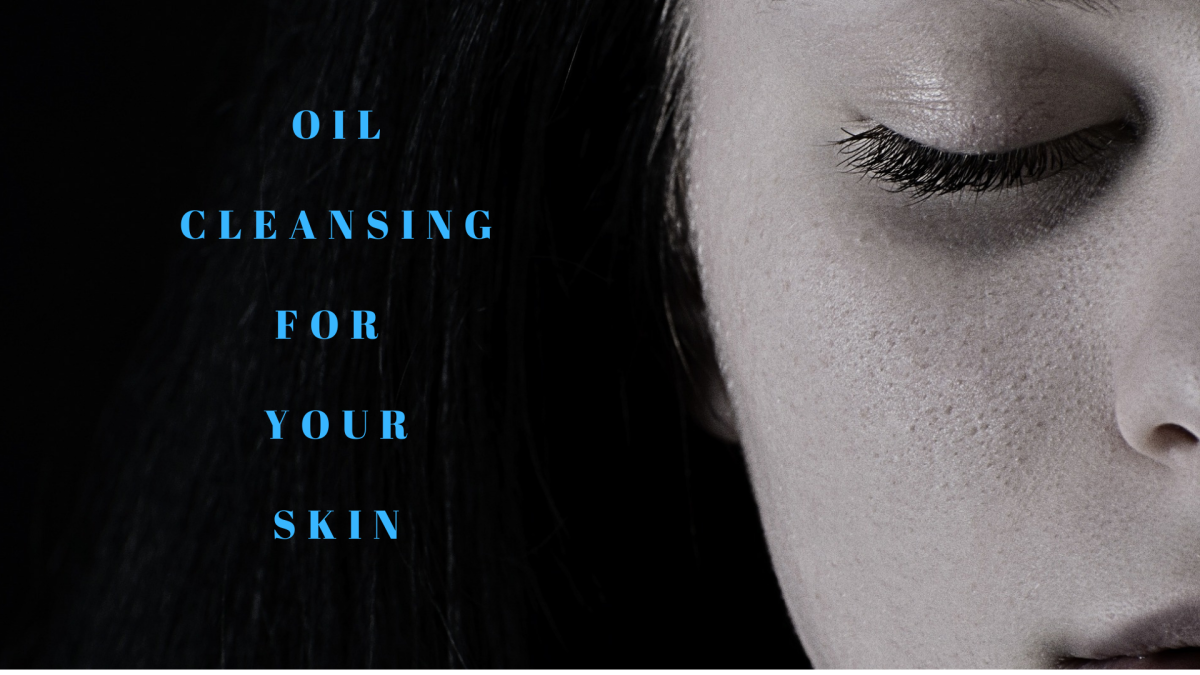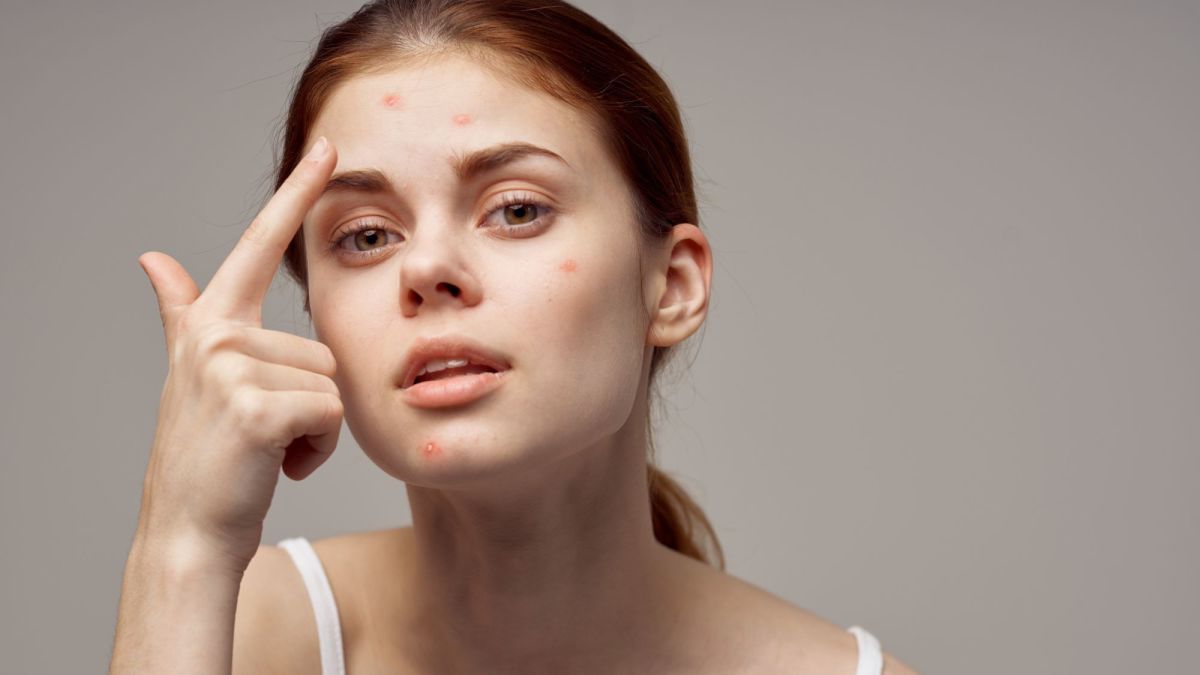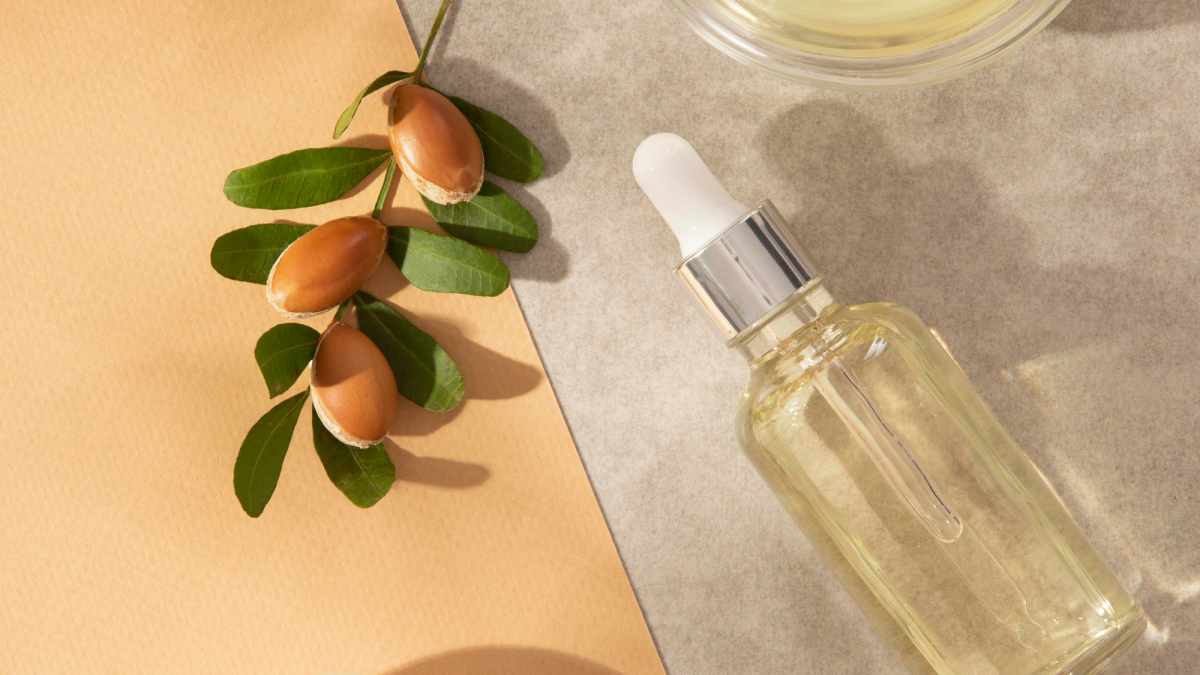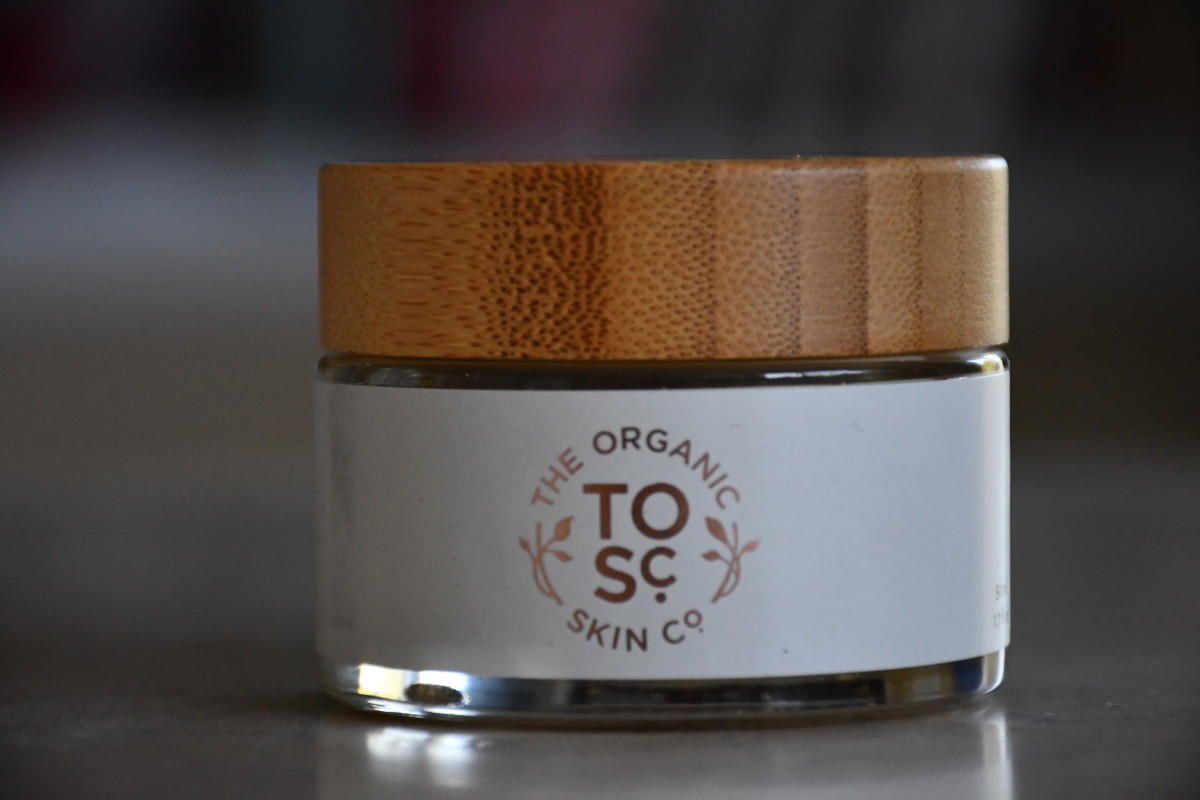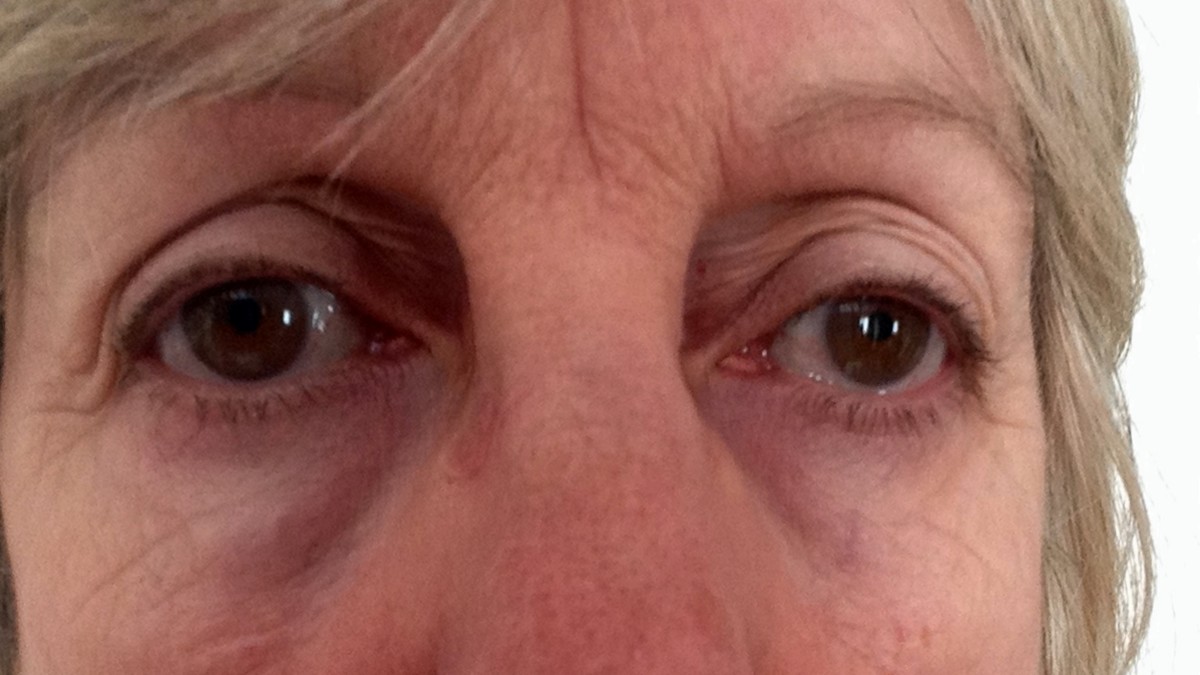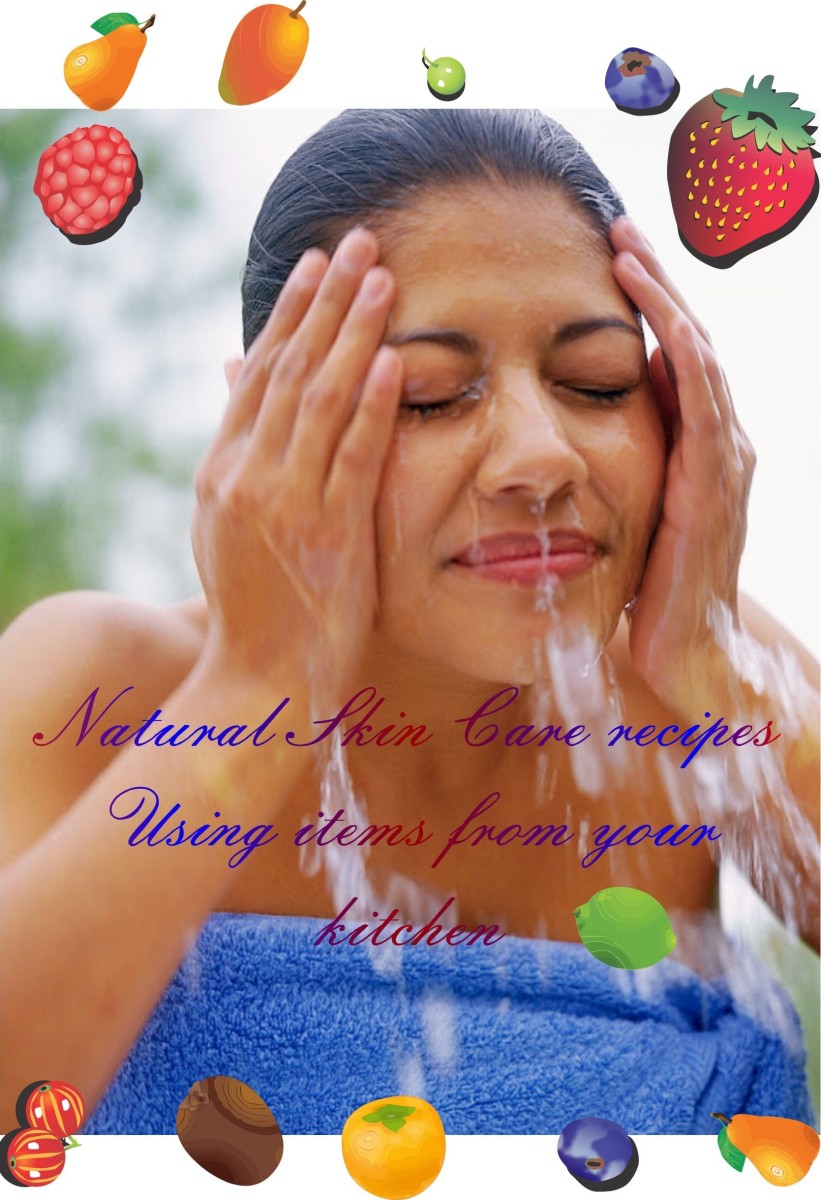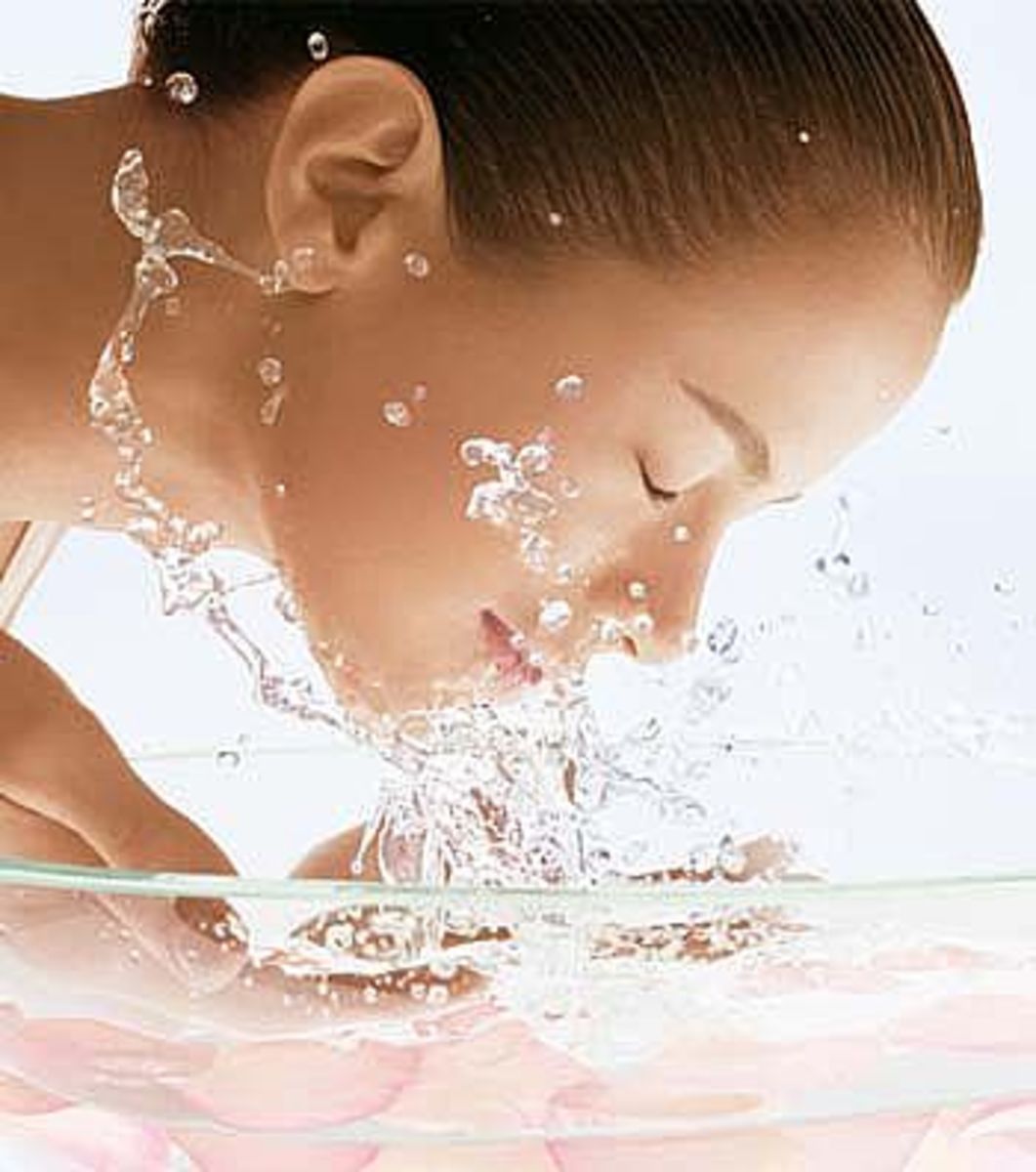Defeat Your Break-outs and Maintain Clear Skin
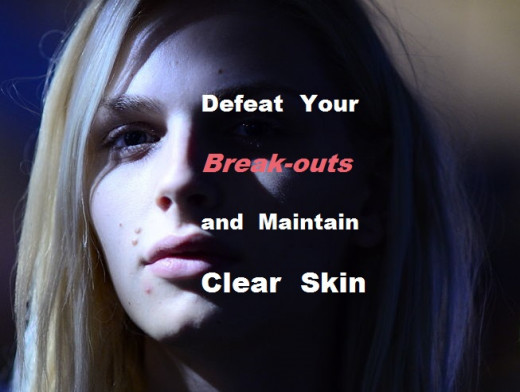
What Causes Break-outs?
Break-outs occur when the skin produces excess oil. The amount of oil skin produces depends on a combination of factors including:
stress
| nutritional deficiency
| lifestyle
|
|---|---|---|
pregnancy
| environment
| medications
|
hormones
| genetics
| allergies
|
illness
| age
| diet
|
Sebaceous glands produce sebum as part of your skin's natural defenses against dirt and bacteria. People with oily skin have overactive sebaceous glands. Sebum pools form on the surface, trapping dirt and bacteria in pores and causing break-outs. As the fatty acids in sebum pools chemically break down, acids form. These acids can irritate, inflame, thicken, scar, discolor, and age the skin.
Skin Types
Which statement best applies to you?
Oily Skin
Removing the extra sebum from oily skin is a full-time job. Oil pools making skin dull and greasy. Break-outs erupt. Frequent washing with soap doesn't stop this. Despite using alcohol pads and abrasive scrubs, the sebum returns. Even unblemished skin becomes red and irritated. Excess sebum pools cause new break-outs. Does this cycle sound familiar?
Combination Skin
Having combination skin means that part of the face is oily while the rest is normal or dry. This is my problem since puberty which I have passed along to my son. The good news is that we treat our oily parts without over-drying the rest. Techniques we use have helped other people control excess sebum. Whether your face is oily all over or in patches, try a natural skincare regimen. It might work for you!
Natural Skincare
Regardless of our skin type, skin tone, age, or gender, we need to know and practice the 5 basics for good skin health. With a firm foundation for good health, skin can reach its full potential and look dewy and radiant at any age.
- Drink enough water for your body weight and activity level.
- Eat a nutritious, varied, and balanced diet, rich in fruits and vegetables.
- Sleep enough so that your body, including your skin, has time to repair and rejuvenate every night.
- Strive to stay physically active while you are awake to stimulate your circulation and respiration.
- Do an activity that makes you sweat every day to purge your pores of dirt and rid your body of toxins.
Beyond these basics, you need a consistent hygiene regimen using gentle but effective skincare products. These have to suit your body chemistry but can be simple and inexpensive. You need:
- A gentle but effective facial cleanser, (noncomedogenic oil, for example.)
- Full body UV protection with special attention to your face and lips, to save your skin from sun damage, premature aging, and skin cancer. Even if you are dark-skinned, the extra UV protection will help you stay healthy and younger-looking. Who doesn't want that?
- A moisturizer that helps your skin be at its best. An oil doubles as cleanser and moisturizer.
- An effective toner, eg. witch hazel or apple cider vinegar.

Controlling Sebum Production Through OCM
Don't let your skin fool you. Those of us with oily skin need facial moisturizing every bit as much as people with dry skin do. If you have oily skin, the sebum that pools on the surface of your face does your skin nothing but harm. A good moisturizer can hydrate your skin while helping to remedy your other skin problems. This section will discuss the challenges of oily or combination skin and will give you some tips on winning those battles using oil as an effective cleanser and moisturizer.
Instead of trying to remove sebum, protect your face from it with a layer of non-comedogenic oil instead. Cleansing and moisturizing your face with oil will help break down excess sebum, dislodge blackheads and unclog your pores. Soothed and protected, your irritated face can start to heal. Eventually, overactive sebaceous glands produce less. It sounds crazy, yes, but the oil cleansing method (OCM) works as nothing else has for many of us.
Across the internet, you can find testimonials and tutorials. Keep in mind that what works for one person may cause harm to another. Before using a new variation, test a small patch of your arm or leg first for possible adverse reactions. I use one part essential oil to 40 parts of the carrier oil. People have given themselves chemical burns, scarring, and hair loss by using essential oils topically at full strength.
A course of treatment may look promising at first, but later, cause problems. If this happens, switch to another oil instead. Allergic reactions can start small and become increasingly more serious. If you suspect an allergy, avoid further exposure and inform your doctor, family members, and housemates.

Now that I have scared you off forever, here are the steps for a simple, safe OCM treatment (assuming you are not allergic to the sunflower oil when you test it,) to give you an idea of how to start:
- Wash hands.
- Use cotton balls dipped in a small amount of the oil to remove eye makeup and clean your face as much as possible.
- Wash your face gently with comfortably warm water using sunflower oil in place of liquid soap.
- Use cotton balls with oil again to make sure all traces of makeup and dirt are gone. When the oil on the cotton ball is clean, wash your face one last time just to make sure.
- When your face is clean, massage the remaining oil into your damp face with light circular motions like you would apply a moisturizer.
- Using a clean towel, pat your face dry. Use the same towel to remove excess oil from your hands. Now that towel is dirty. If you can't do laundry at home, consider drying your face via another method, such as patting with a paper towel or blowing dry using the cool setting.
- Now you are ready to go to bed, put on makeup and go out, or do anything else you need to do.
Not every oil works for everyone, but sunflower oil is a carrier oil that registers as zero on the noncomedogenic scale, which means it doesn't clog pores. It is gentle, nourishing, and contains vitamins A, D, E and K, and works well for many who try it. Other good candidates to try are shea butter and hemp seed, safflower and argan oils. You might find one you like or have to blend to find what works best for you.
When buying carrier oils, splurge for organic cold-pressed varieties from a source that you research and trust. Other methods for extracting oil use harsh chemicals. Nonorganic oils can contain fertilizers and pesticides. You don't want to risk putting those chemicals on your face every day.
Combat Break-outs Effectively
If sunflower oil seems to help but you still are experiencing occasional break-outs, try adding garlic oil to help fight bacteria. Garlic oil is cheap, anti-bacterial, anti-fungal, and high in vitamins C and B6, and manganese. I have it on good authority that garlic repels vampires and just about any other persons interested in the occasional night out. So, if you have social plans, choose to spot treat with another essential oil instead. Sweet-scented frankincense oil has anti-inflammatory properties and is ideal for many for calming a breakout on a date night.
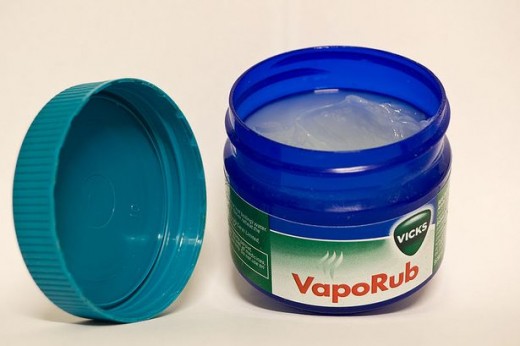
You might want to try Vicks Vaporub to spot treat pimples, cystic acne or sebaceous cysts. Use with caution. Vicks is not a natural product. It is not a gentle product. Some of the ingredients can poison a person in sufficient amounts. The reason that I mention it is that I have tried it for spot-treating and have seen minor miracles happen. I only resort to Vicks when I have a pimple causing me pain. One of two things occurs. The first is that the bump draws closer to the surface and becomes a whitehead, easy to express with a blackhead removal tool. If it isn't hurting anymore, let it heal on its own. The second thing is that the bump under the skin diminishes in size until gone.
I first tried Vicks when I had a deep sebaceous cyst the size of a Hersey's kiss, on my forehead, for months. A dermatologist refused to remove it in outpatient surgery. Instead, he wanted to hospitalize and anesthetize me for the operation. This seemed like an extreme and expensive solution for treating a big pimple. I saw on the internet that people in my situation had good results with Vicks Vaporub. I bought a tiny jar and before bed, swabbed a little over the area then covered it with a Band-Aid. I did that for three consecutive nights before the cyst disappeared completely! My dermatologist said they usually return. That was four years ago. Mine hasn't yet.
If you decide to try this, be careful not to get Vicks in your eyes. The fumes alone can irritate them.
Other Skincare Tips
- Break the habit of touching your face. If you have to touch it, wash your hands first.
- Don't let other people touch your face. When someone does, wash your face afterward.
- You may be re-infecting your face with your makeup brushes. To prevent this, boil water, add some antibacterial liquid soap and drop in your brushes. When the water cools down enough, wash the bristles out like you wash paintbrushes. Wash them all well, rinse them well, and then dry them with a blow dryer. Do this every week or so to keep your brushes clean and free from bacteria, fungus, mold, and dust mites. Don't share your makeup or your brushes, even with sisters or best friends. Tell them you might have a contagious bacterial infection causing your skin break-outs. It may even be true.
- Nothing works well for everyone. If you don't succeed right away, don't lose heart. It might take some time but you will eventually figure out what works for you. If all else fails, you will enter a period of less stress or hormonal changes that will improve your skin like magic.
- Don't let blemishes ruin your fun. People who love you look beyond your surface imperfections.

